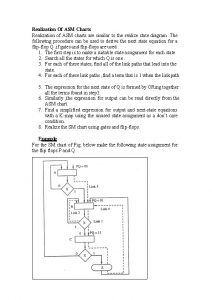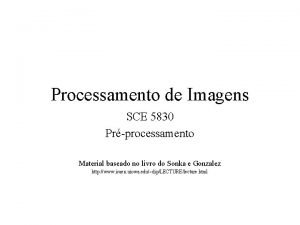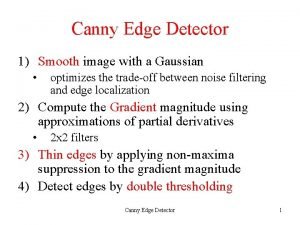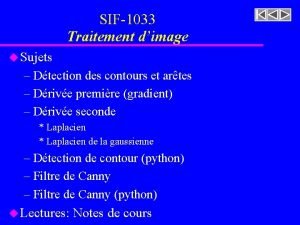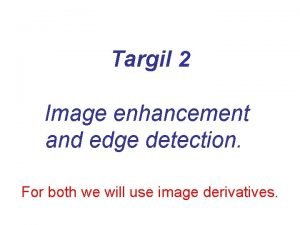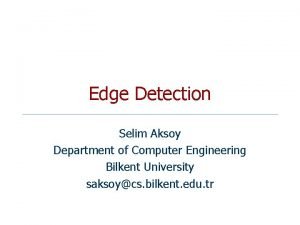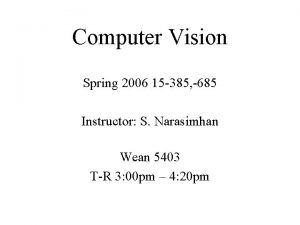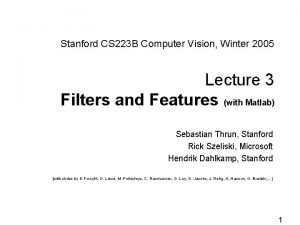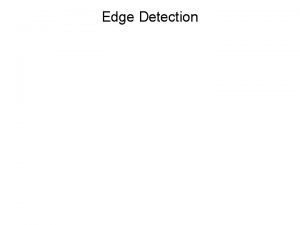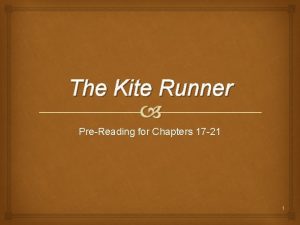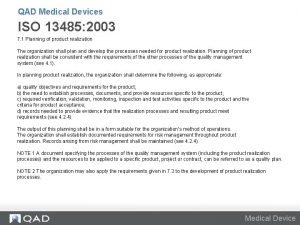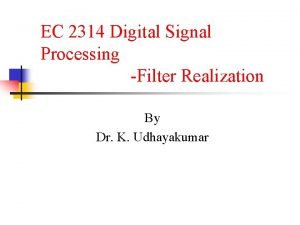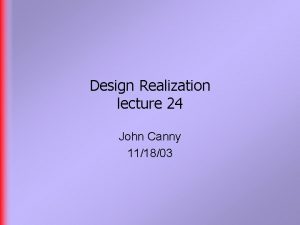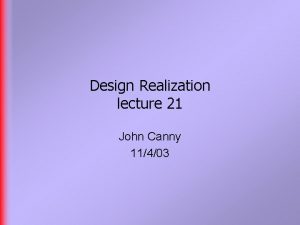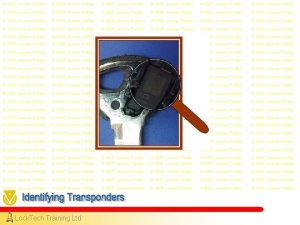Design Realization lecture 15 John Canny Jeremy Risner




















- Slides: 20

Design Realization lecture 15 John Canny / Jeremy Risner 10/9/03

Last Time § Composites: Fiberglass, carbon fiber and kevlar. § Hierarchical materials. § Cellular materials, honeycomb and foam.

This time § Polymers for actuation

“Wet” versus “Dry” actuation § “Wet” – Ionic actuators. Utilize mobility or diffusion of ions. § polymer-metal composites § conductive polymers § others. . . § “Dry” – Electronic actuators. Utilize Coulomb forces. § dielectric elastomers § electrostrictive polymers § others. . .

Polymer-Metal Composites § Ionic Polymer Metal Composites (IPMC) § ion exchange polymer membrane – selectively pass ions of a single charge - Dupont Nafion § gold plated electrodes on either side § applied voltage induces movement of ions and water – causes expansion on one side § bending movement

Polymer-Metal Composites § performance of IPMC § § § strain: 3% energy density: 0. 01 -0. 1 J/cm 3 speed: 100 Hz output pressure: 10 -30 MPa drive voltage: 1 -2 V

Polymer-Metal Composites § work best in aqueous environments § robot fish in tank EAMEX, Japan

Conductive Polymers § Polypyrrole (PPy)– conductive polymer § oxidation-reduction reaction when voltage is applied § redox induces ion flow into or out of polymer § flow in = expansion § requires electrolyte

Conductive Polymers § performance for PPy bilayer actuator § § § strain: 12. 4% energy density: 0. 040 J/g speed: <1 Hz output pressure: 22 MPa drive voltage: +/- 1 V

Conductive Polymers § attach polymer to a unstretchable film (gold) to create unimorph actuator

Electrostricted Polymers § Electrostricted graft elastomers § motion achieved through electrostriction § applied electric field induces a change from one polarized direction to another, or one phase to another. flexible backbone polarized chain

Electrostricted Polymers § performance § § § strain: 4% energy density: 0. 245 J/g speed: 10 k. Hz output pressure: 22 MPa drive voltage: 2 – 3 KV

Dielectric Elastomers § elastomer film is sandwiched between compliant electrodes § apply electric field: E = V/m § Maxwell pressure: p = ee 0 E 2 § electrodes squeeze elastomer in thickness apply voltage V+

Dielectric Elastomers § materials available off-the-shelf § 3 M VHB acrylic tape § various silicone elastomers § desired features § high dielectric constant and breakdown strength § low elastic modulus – high % elongation § thin film

Dielectric Elastomers § increase performance through prestrain § stretch elastomer film in one planar direction § fix motion in prestrained direction § allow expansion in other planar direction during activation electrode 1 2 3 4 V+ dielectric elastomer rigid constraints

Dielectric Elastomers § performance § § § strain: >200% energy density: 0. 75 – 3. 4 J/cm 3 speed: 10 Hz - 20 k. Hz output pressure: 3. 0 – 7. 2 MPa drive voltage: 5 k. V

Dielectric Elastomers § morphologies § planar actuators • butterfly/bowtie § unimorphs/bimorphs § rolls § bellows/speakers

Actuator Comparison

Actuator Work

Actuator Power
 Jeremy risner
Jeremy risner Asm chart
Asm chart Adivina yo como me llamó
Adivina yo como me llamó Imagem de uma rampa fonte max pixel
Imagem de uma rampa fonte max pixel What is canny edge detection in image processing
What is canny edge detection in image processing Filtre de canny python
Filtre de canny python Targil
Targil Joe canny
Joe canny Canny
Canny Canny
Canny Canny sebastian
Canny sebastian Canny mask
Canny mask 01:640:244 lecture notes - lecture 15: plat, idah, farad
01:640:244 lecture notes - lecture 15: plat, idah, farad As cole carves the totem, what two questions haunt him?
As cole carves the totem, what two questions haunt him? Kite runner chapter 16 quotes
Kite runner chapter 16 quotes Iso 13485 product realization
Iso 13485 product realization Usecase realization
Usecase realization Self realization aristotle
Self realization aristotle Use case realization
Use case realization What is use case realization
What is use case realization Ladder structure realization of iir filter
Ladder structure realization of iir filter

